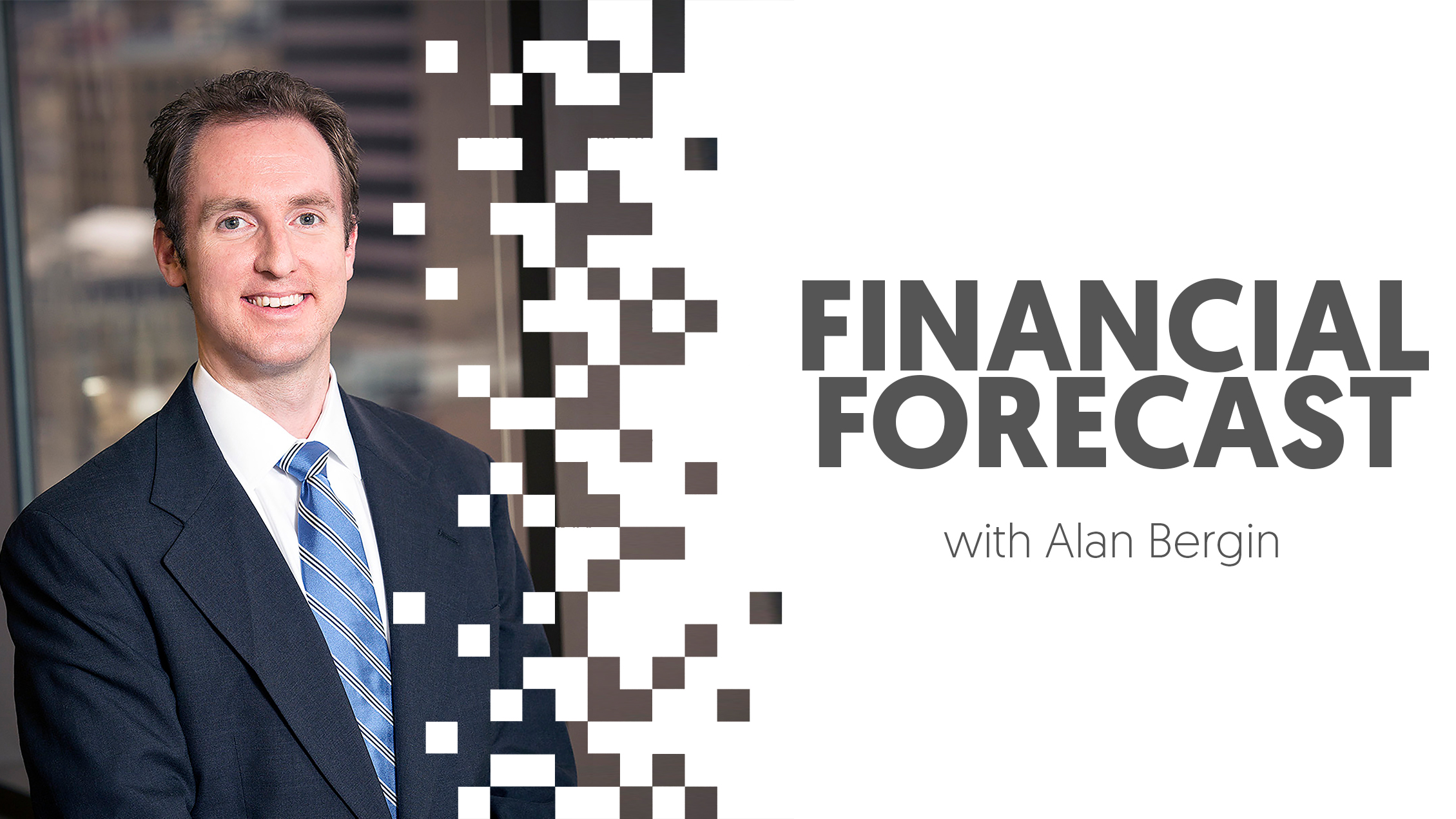
Alan Bergin, Fund Evaluation Group
During the global financial crisis of 2008, the Federal Reserve began to buy bonds, a process named quantitative easing. This action increases the demand for bonds, pushing bond prices higher and interest rates lower. Lower interest rates should help the economy by making it less expensive to borrow money and encourage savers to spend or invest money rather than hold it in low interest paying accounts. By 2014, the Fed had accumulated a balance sheet of about $4.5 trillion in bonds. To help the economy during the economic shutdowns related to COVID-19, the Fed once again launched additional bond purchases, growing its balance sheet to about $8.6 trillion. As inflation remains stubbornly high and economic activity has been strong, the Federal Reserve has indicated it will begin slowing bond purchases. The implication is interest rates are likely to rise from current levels. Higher rates should slow economic activity and lower inflationary pressures, but at a cost to corporate profits and possibly equity prices. Equities have thrived in the low interest rate environment (the S&P 500 average annual return for the last 10 years is 16.6%). The Fed’s challenge is how to raise interest rates without undoing the strong equity market gains investors have enjoyed. The market consensus is it can do so but investors are increasingly anxious.
Alan Bergin is the Senior Vice President of Fund Evaluation Group in Dallas, TX, the Foundation’s consulting firm

